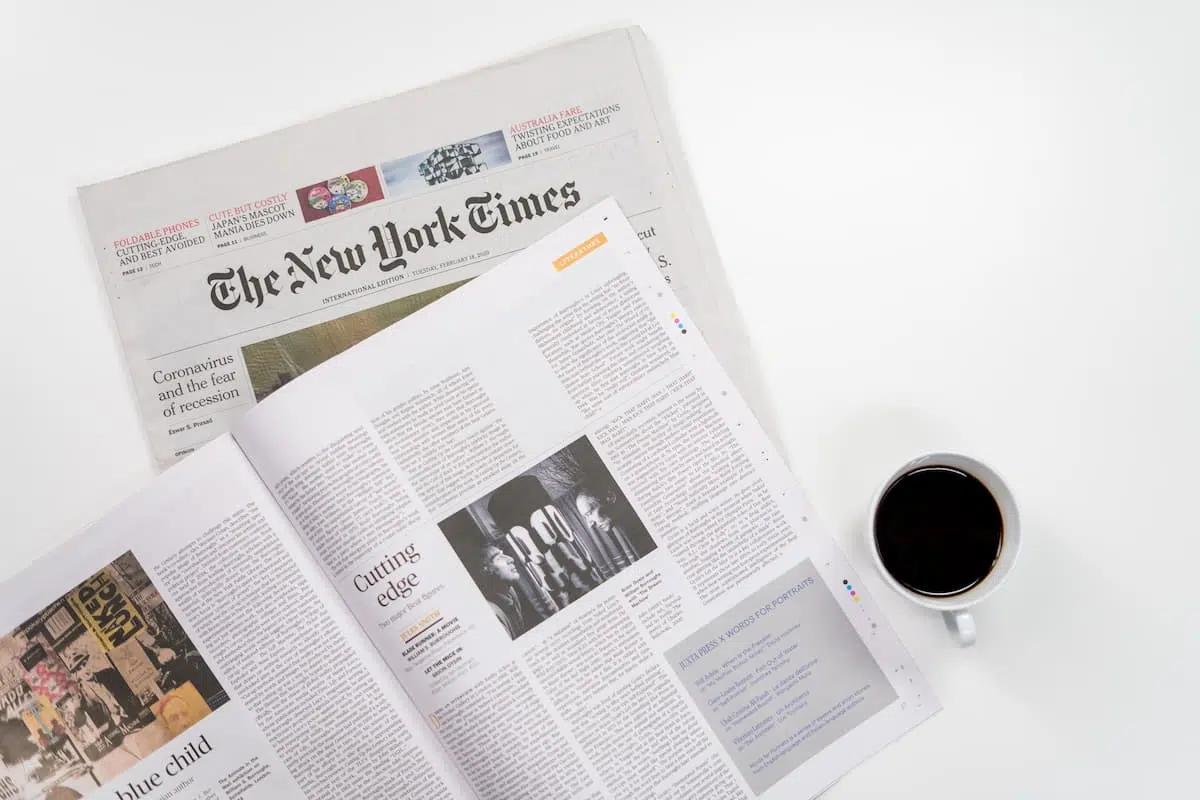In today’s overworked and understaffed newsrooms a well-written press release stands a good chance of being published. But don’t rely on this. Reporters and editors stick proudly to their editorial principles and will only use a press release if it is worthy of publication.
To ensure your press release hits the newsstand and not the bin here’s the Mackman Group’s top ten guide for success:
1) Include an attention grabbing headline:
This is the hook so make it work
2) Make sure the first line tells the story, but leaves enough to encourage further reading:
Journalists are very busy people and don’t have time to trawl through copy to find the story
3) Write the body copy:
Write this as you want it to appear in the news story and use double-space. Most journalists will want to put their own slant on a story. The key is to make it as easy as possible for them to cut and paste onto the page so make it ready for press.
4) Get a quote in early:
Quotes give a story life and action. Look at the majority of news stories – the quote from the key person usually appears by the third paragraph.
5) Keep it simple:
Use short, sharp, concise sentences without jargon.

6) Facts are news – so stick with them:
And make sure your copy answers the news story mantra of: who, what, when, where, why and how.
7) A page is long enough:
However important you think your press release is, never spill onto a second page. Journalists don’t have time to read an 800-word story.
8) Research the publication you are sending the press release to and adapt it to their style:
If they write in a tabloid style stick to sentences of 10 to 14 words. If broadsheet, then use longer sentences. If they don’t cap-up job titles – you don’t either. This will save a journalist time and increases the chances of publication.
9) Make contact:
Send the press release to a named reporter or editor, don’t use a scatter-gun approach or the odds are the press release will get lost in the crowd.
10) For further information:
This is crucial. Whether it’s to verify facts or gather more information for an extended feature, make sure you include: your contact details, the company you are representing, and if relevant, websites for further reading on the subject.
And finally: Send it in the morning. Most news lists are put together early so your press release will stand a better chance of making the list if it arrives in time. Adding a captioned, high-resolution picture is also a good idea as it can get a smaller story better coverage on the page.
To find out more about Mackman and our services, please see our services page or contact our customer services team at customerservice@mackman.co.uk
